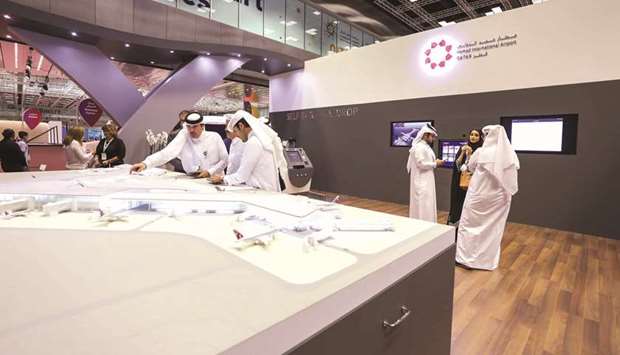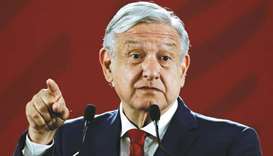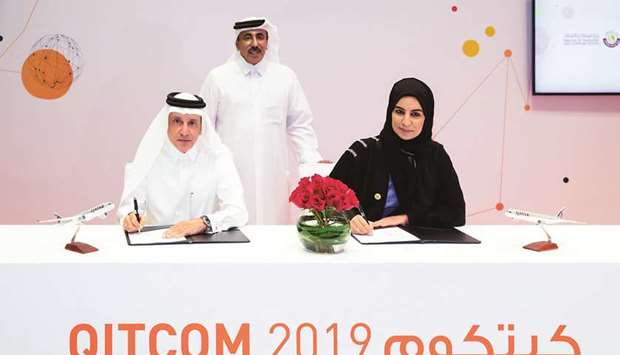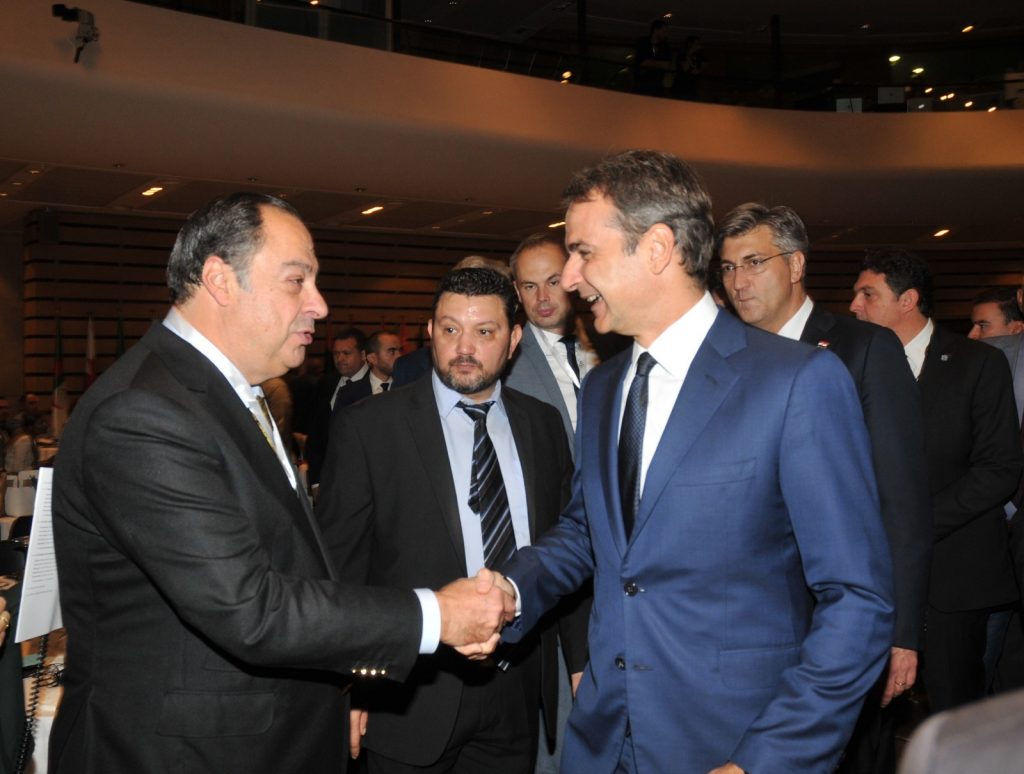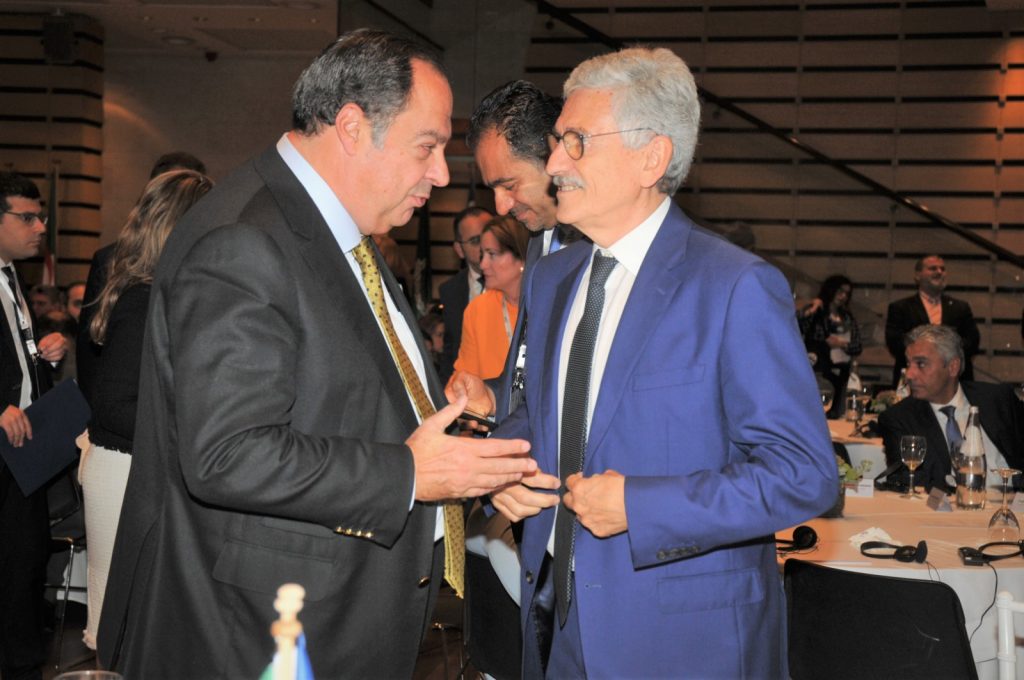France to end tax breaks for palm oil in biofuel

PARIS — France’s parliament on Friday voted to remove tax breaks for the use of palm oil as a biofuel, a day after a ruling in favour of maintaining the advantage led to howls of protests from environmentalists.
A large majority of members present voted against a government-backed proposal to delay until 2026 the end of palm oil’s tax advantages, giving companies like oil major Total more time to phase out the use of palm oil in biofuels.
Late on Thursday, the National Assembly, France’s lower house of parliament, had agreed to extend the tax breaks, but following strong pushback from environmentalist MPs within President Emmanuel Macron’s ruling LREM party, the government agreed on a second vote.
“This is an important issue that warrants debate,” Environment Minister Elisabeth Borne told MPs.
She proposed maintaining the tax breaks while a committee reconsidered the issue, but the extension of tax breaks for palm oil was rejected by 58 votes to two.
“Senators considering the text in coming days and MPS who will have to consider it again before year-end will have to remain extremely vigilant to make sure that the scrapping of this tax break is not somehow again put into question during the legislative process,” Greenpeace said in a statement.
Greenpeace added that it is “shocking that the government… continues to defend the interests of multinational companies which jeopardise the climate and the environment”.
Critics say that using palm oil in biofuel adds to deforestation in tropical countries and contributes to the destruction of habitat for endangered species such as orangutans.
Moves in Europe to restrict palm oil use have also created tensions with Malaysia and Indonesia, which dominate global production of the oil.
The debate was part of 2020 budget discussions, and the bid to extend the tax breaks was another attempt to overturn 2019 budget provisions to end them.
The 2019 budget specified that palm oil would be removed from a list of permitted biofuels from January 2020.
Total had tried to overturn the ban through an appeal to France’s constitutional court, which was rejected in October.
The firm argued that removing the tax breaks would put at risk its biofuel production site in La Mede, southern France.
Total has invested 300 million euros to convert the site from a crude oil refinery. It started production in July, using palm oil as part of the feed stock to produce biofuel. — Reuters




